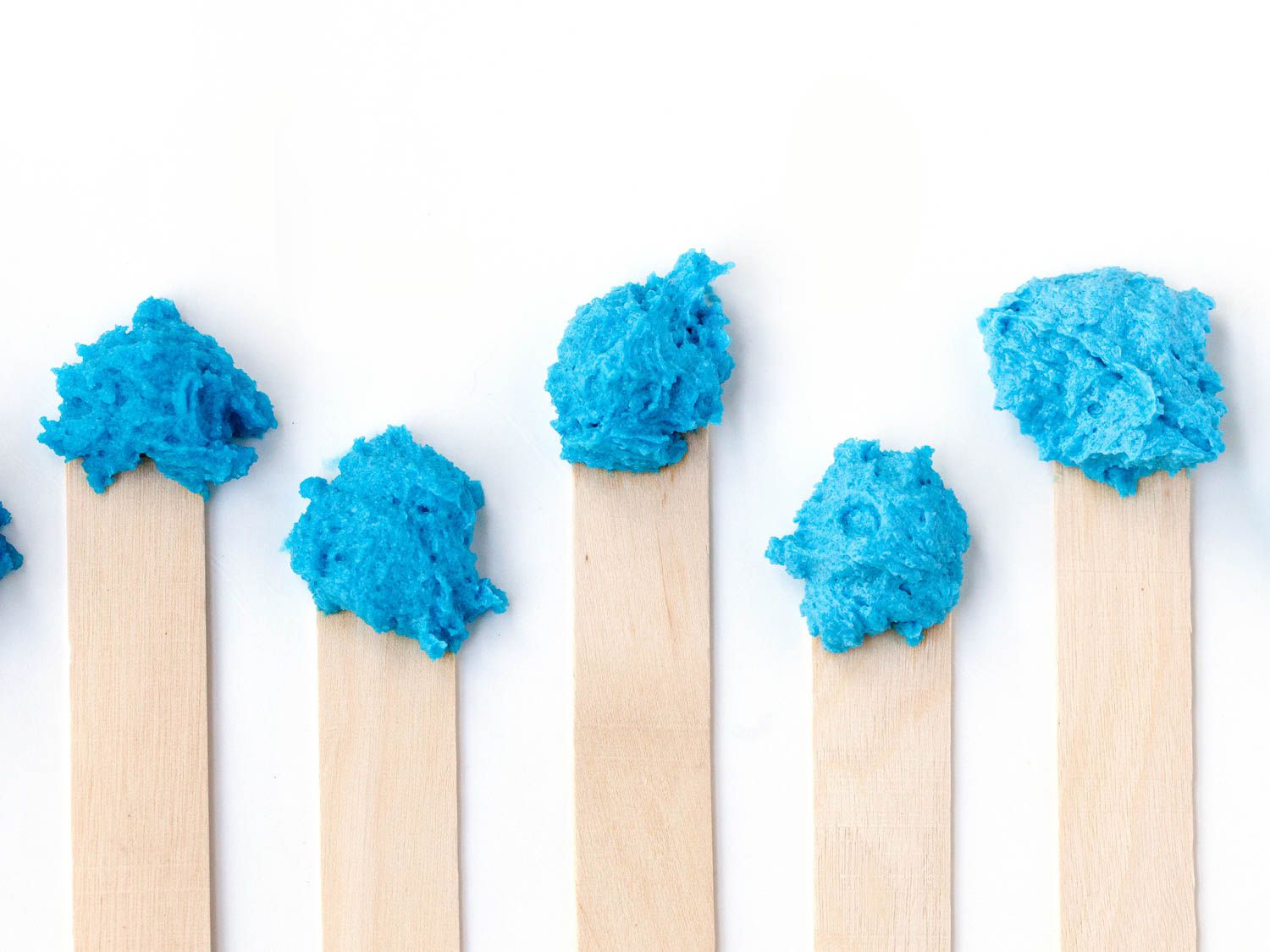So should the egg actually be COLD?
Also, I made a cake today using stork which is a well known spread that is used for baking here. The stork was only 10 degrees Celsius straight from the fridge as it isn’t like butter.
Also, it’s an all in one method so there’s no creaming involved.
Stork is margarine for eating. Since it’s an oil, plasticity is an issue. Margarine used in commercial baking is tempered specifically to certain levels so it’s plasticity is most like butter. That way it can be used in applications like puff pastry. But retail margarine is made for eating, so whether any given brand is tempered for baking is anyone’s guess. Some brands perform better than others in baking applications. But always use stick margarine, never margarine in a tub for baking. The tub margarine is definitely not tempered.
So how Stork creams compared to butter I wouldn’t know. And creaming is NOT mixing. You must burn that into your memory. CREAMING IS NOT MIXING. CREAMING IS MECHANICAL LEAVENING. Creaming has nothing to do with mixing two or more ingredients. Creaming has one purpose, and that is to create air pockets in the butter by cutting it with the sugar crystals.
So keep you mixing techniques clear in your mind.
So the temperature of you butter/margarine when you CREAM butter/margarine is 65°F (18°C) because you are going to ADD friction heat. The friction heat is ADDED during the 4 to 5 minutes of beating. After you ADD friction heat, that butter/margarine will not be 65°F (18°C). It will be 3 or 4 degrees warmer. May be more depending on your mixer and the temperature of you kitchen. So the cold egg brings the temperature of the butter down.
Now if you are NOT creaming the butter/margarine, then you are NOT adding friction heat. So if you are mixing by hand, and all in one, then you really don’t have any additional added friction factor—you aren’t really adding any friction heat to make a lot of difference. So you can start with butter/margarine that is near you target batter temperature of around 68°F (20°C). And your egg can be at that temperature too.
Mix - why we mix
- Uniform distribution of all ingredients
- Effect leavening from chemical leaveners
- Incorporate air into ingredients and trigger protein denaturation
- lighten batters with foams, e.g., whipped egg whites, whipped cream
- Development OR minimize development of gluten
There are many ways to mix batters and doughs. The mixing method that you choose will depend on the type of baked product you will make. Many baked goods require you to use more than one type of mixing method.
Beating: agitate ingredients vigorously to incorporate air or develop gluten. A mixer using attachments like just as a whisk, paddle, or dough hook attachment is used. By hand use a hand whisk or spoon.
Blending/stirring: Mixing two or more ingredients together until evenly combined. May be done by hand with a spoon, whisk, rubber spatula, or with a mixer fitted with a paddle attachment.
Sieve/shift: pass two or more dry ingredients through a mesh frame utensil to distribute smaller portions evenly into larger portions of dry ingredients
Cut in: roughly cut in solid fat (chilled butter, shortening, lard, etc.) into dry ingredients leaving coarse bits of fat visible. By hand, a pastry cutter, two knives is used. Other hand techniques include rubbing fat and dry ingredients between two fingers or s a mixer fitted with a paddle attachment, or two knives to cut in fat. You may also rub the fat and flour between your fingers.
Folding: Gently blending an airy foam, such as whipped egg whites or whipped cream into a heavier batter to lighten it. Using a balloon whisk to keep from deflating the foam, the batter is lifted up from the bottom of the bowl with the balloon whisk and folded over the foam, then the whisk drawn gently down through the center of the batter to lift it up and fold it over again. The bowl is rotated as the foam in folded in.
Whipping: agitating ingredients vigorously to incorporate air and and trigger partial protein denaturation of ingredients like egg whites or heavy cream.
- Creaming is NOT mixing
- Creaming is NOT blending/stirring two or more ingredients to combine.
- Creaming is NOT cutting a fat into a dry ingredient
- Creaming is NOT folding a foam into a batter
- Creaming is NOT whipping an ingredient to incorporate air and trigger protein denaturation
Creaming butter and sugar is to cut air pockets into the butter using the sugar crystals. While you can cream butter and sugar by hand using a flat surface, like the back side of a spoon, it is most effective with the paddle attachment of a stand mixer. Creaming butter and sugar is not done well with a hand mixer because the beaters incorporate a lot of air into the butter, and Whipping is NOT the same as Creaming.


